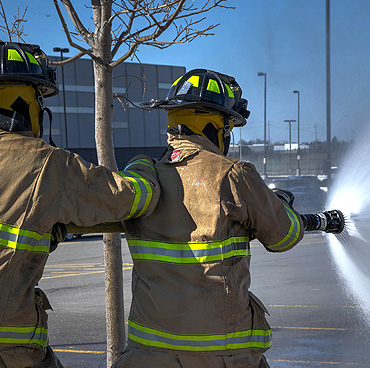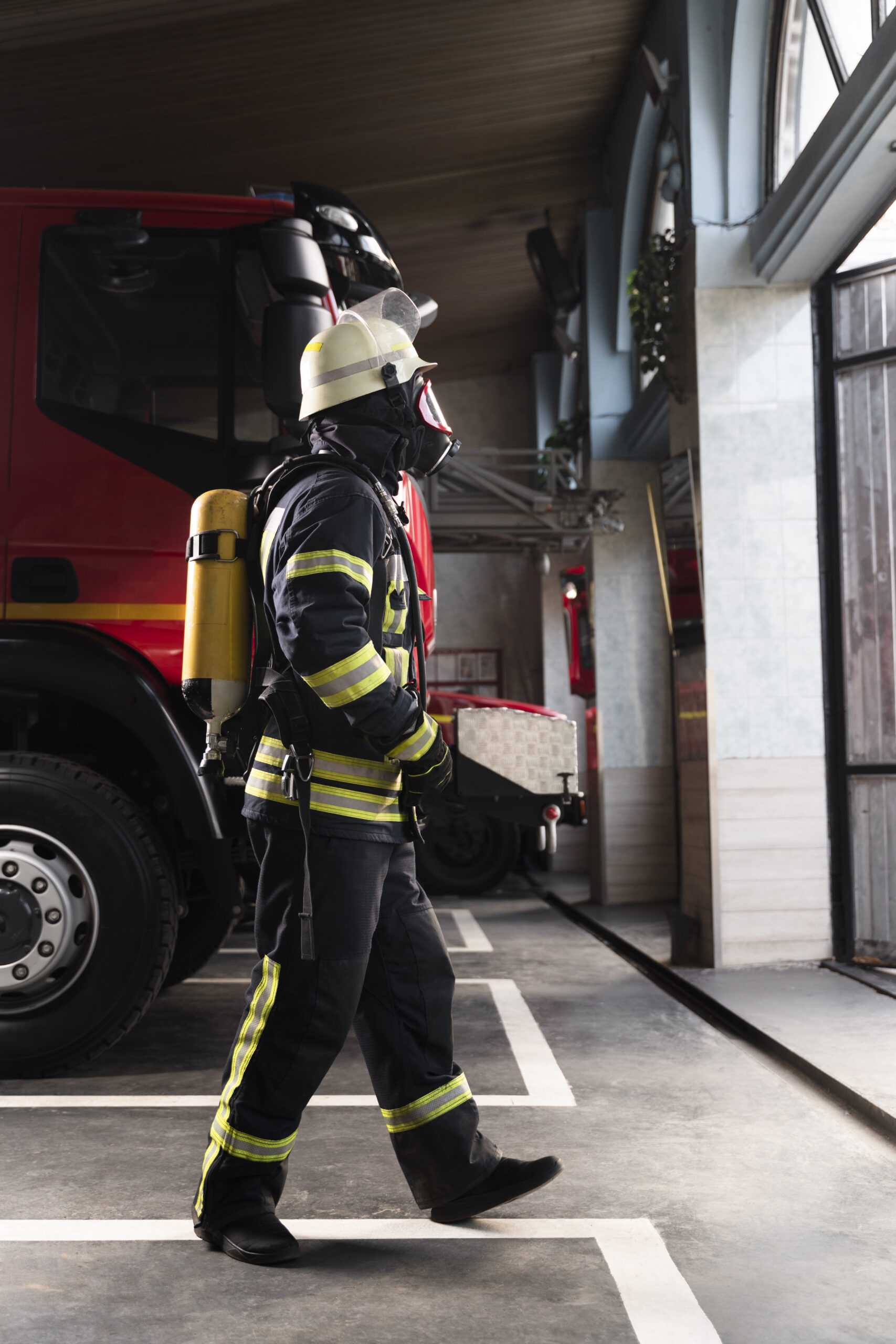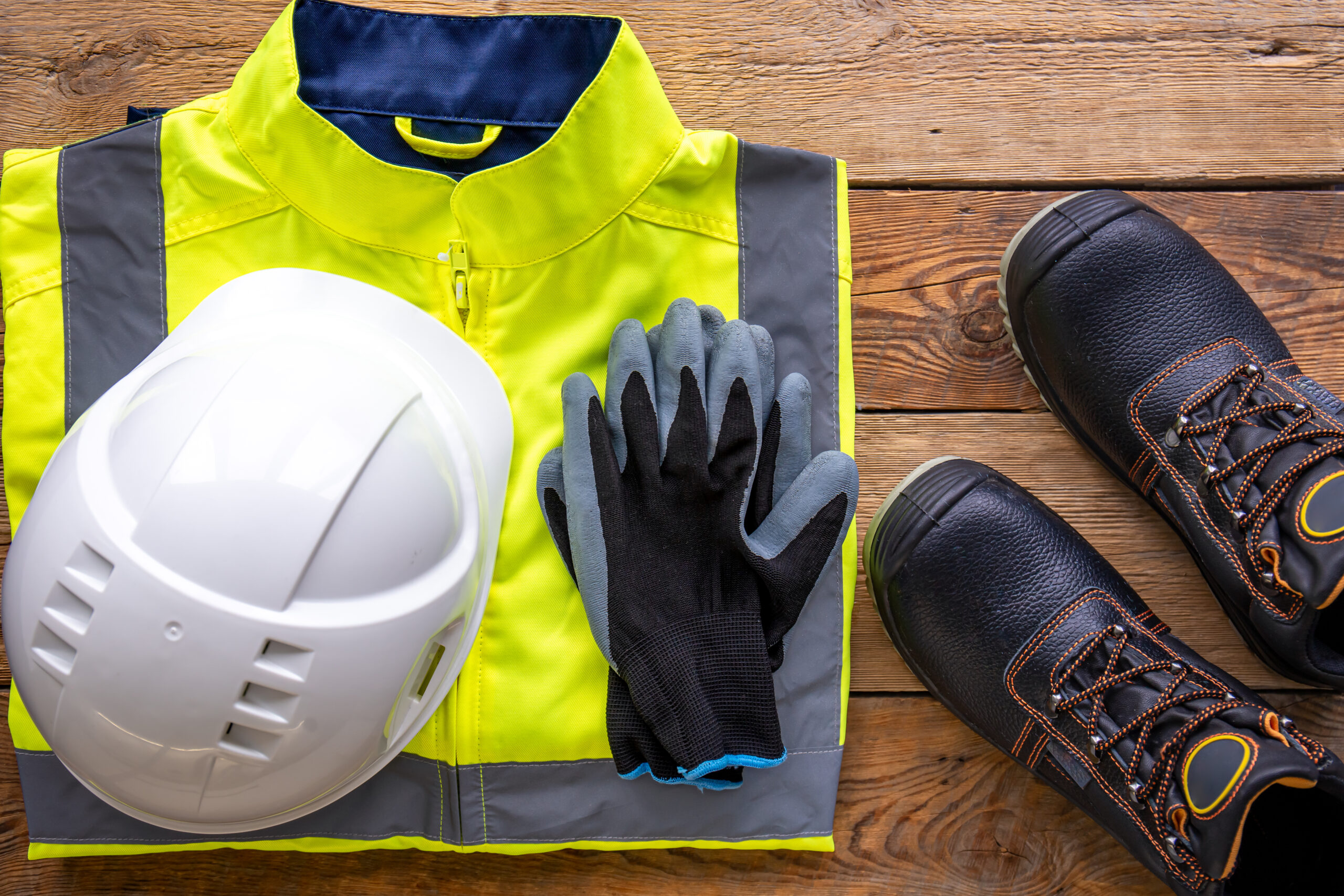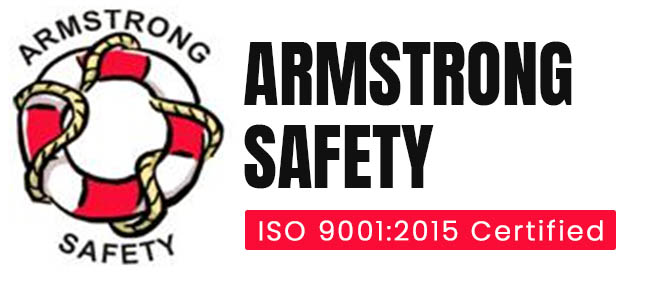ARMSTRONG SAFETY
MAINTENANCE TIPS FOR YOUR SAFETY SHOES:
Wear DRY SHOES only
Always wear safety shoes with socks.
Change your socks daily.
Sole: A blunt knife or a stiff bristled brush can be used to clean the sole.
Wet footwear should be allowed to dry naturally in a cool, dry area and not be force dried as this can causes deterioration of the upper material.
Keep the laces tied for a snug and comfortable fit. Do not wear or take off shoes with tied up laces.
Wear the shoe properly by putting the full foot inside the shoe and resting the heel on the sole.
To ensure the best service and wear from footwear, it is important that the footwear is regularly cleaned. Do not use any caustic cleaning agents.
Barton, CG, CS, Oil Pull Up Leather: Remove dirt and stains with a damp cloth before applying a good wax polish to keep the leather supple and improve water resistance.
If the footwear becomes damaged, it will NOT provide the optimum level of protection and therefore should be immediately replaced. NEVER USE DAMAGED FOOTWEAR.
If the footwear is taken care of and worn in the correct working environment and stored in dry ventilated conditions, it should give a good life, without premature failure.
Try that NO PAINT, Solvent, Thinners, OIL or chemicals fall or drip over the leather part of the shoes.

What to Avoid
- Don’t clean with solvent
- Don’t force dry
- Don’t leave in direct sunlight (especially if your shoes are leather)
- Don’t wear the shoes by pressing / turning the Collar (heel) part of the shoe, this will damage the cushioning at the collar (heel).
- The upper of safety shoes are generally made online or glued. Therefore, safety shoes cannot be used as rain boots. They cannot be soaked in water for a long time.
- Do not use oily or greasy maintenance lotion. In this way, the shoes will lose their original hardness, at the same time it will block the pores of the leather and make the leather safety shoes lose breath ability.
How Long Should Safety Shoes Last?
If you wear your shoes five times per week, in an active role in which your footwear is in contact with various substances or materials that could damage the material, then you should consider replacing your boots with a new pair every 6-12 months. However, this should be taken on a case by case basis as your shoes may need replaced before this time.
We’ve created a checklist below of items to look out for when deciding when to replace your safety shoes:
- Cracks in the material
- Holes in the material
- Breaks in the leather
- Exposed toecaps
- Broken heel
- Loose sole


How to Inspect Safety Shoes:
Test the sole – pull the sole around the shoe to make sure it has not come loose
Check the sole for holes
Check the material all around the shoe for scratches or holes
Pull the heel – ensure it is not coming loose
